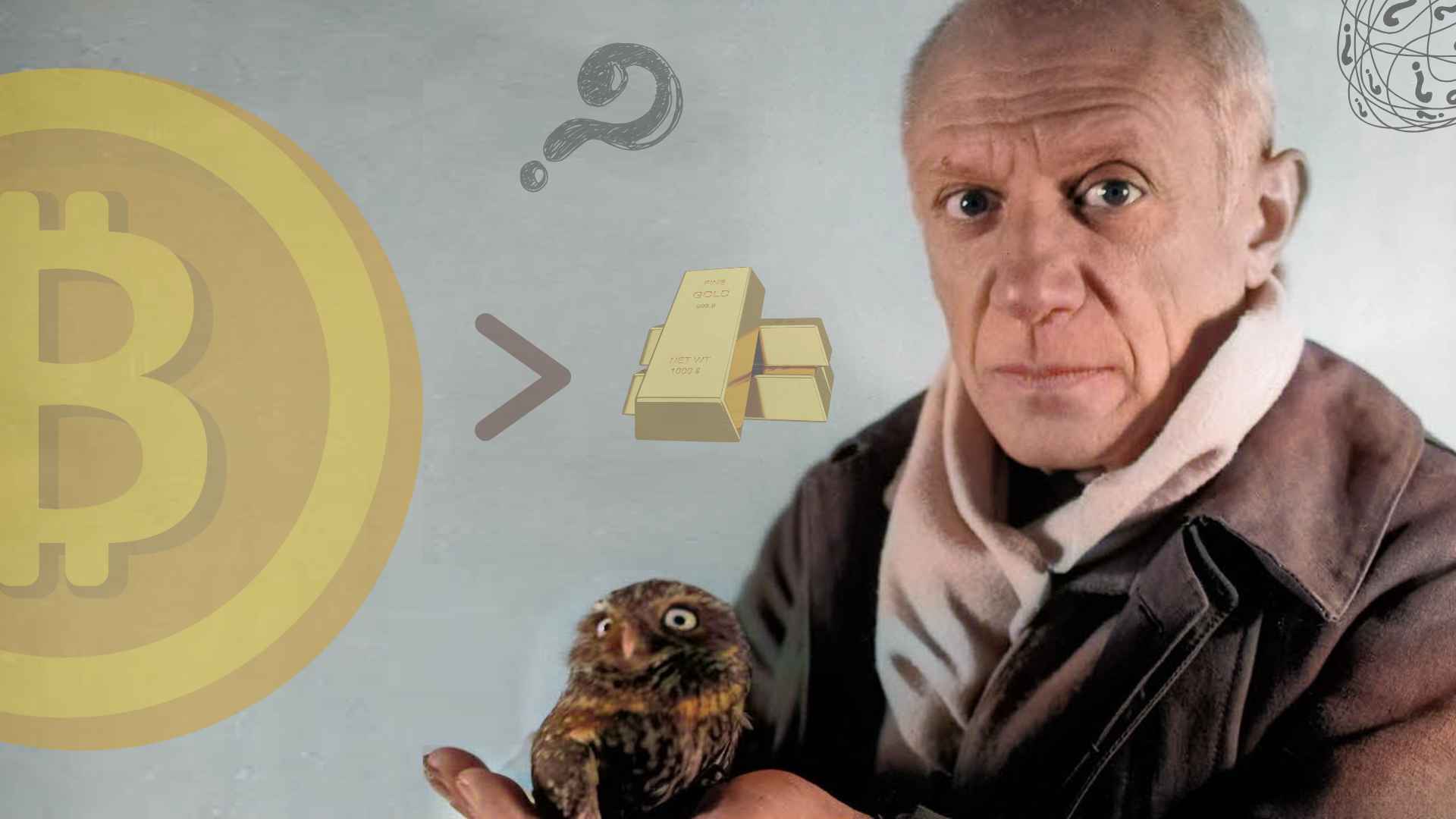
The debate over Bitcoin’s true value continues, with financial experts weighing in on whether it is a digital currency, a technological breakthrough, or the ultimate store of wealth. Frank Holmes, Executive Chairman of Hive Digital Technologies, and investor Armando Pantoja recently shared their insights with Roundtable host Rob Nelson. Their discussion highlighted Bitcoin’s long-term adoption, its potential role in strengthening the U.S. dollar, and how it compares to gold and fine art as an asset.
📈 The Future of Bitcoin: Currency or Ultimate Store of Wealth?
Bitcoin’s role in the global economy is still evolving, and experts have different views on how it will develop in the coming years. While some believe it will eventually return to being a widely used currency, others argue that its primary value lies in its scarcity and portability.
Armando Pantoja believes that Bitcoin’s full adoption as a currency could take over a century. He predicts that its impact on the U.S. dollar will be gradual, with its true value emerging in stages.

“This phase that we’re in may take 20, 25 years before it reaches its true value to start converting back to a currency,” Pantoja said. “I think Bitcoin… this is a long, long-term adoption that’s going to take place over a hundred, 150 years. We may not see Bitcoin become a currency in our lifetime. Maybe our kids will see it, or maybe our grandkids will see it.”
For now, Bitcoin is increasingly seen as a powerful financial asset that could strengthen the U.S. economy, particularly if the U.S. Treasury holds it as a reserve asset.
Could Bitcoin Strengthen the U.S. Dollar? 🇺🇸
One of the most intriguing points raised in the discussion was how Bitcoin could impact the U.S. dollar. According to Pantoja, if Bitcoin is held in the U.S. Treasury reserves, it could support the strength of the dollar over the next few decades.
“Back to the question about could it affect the U.S. dollar… when we’re in this midterm 20, 30 years from now, I think it’s going to take before it converts back to being a currency, it will strengthen the U.S. dollar by holding Bitcoin in the U.S. coffers. The U.S. dollar will be strengthened for the next 20 years until it goes back to being a currency.” –Armando Pantoja

Holmes agreed, emphasizing that countries like China and Russia already see Bitcoin as a valuable financial tool to acquire U.S. dollars. Since these nations are major Bitcoin producers, they recognize its potential for economic leverage.
🖼 Bitcoin vs. Picasso’s Art: A Rare Asset With Unmatched Portability
Holmes compared Bitcoin to rare, high-value art, like paintings by Picasso or Andy Warhol. He believes that Bitcoin’s scarcity and uniqueness make it a desirable asset, much like a limited-edition artwork.
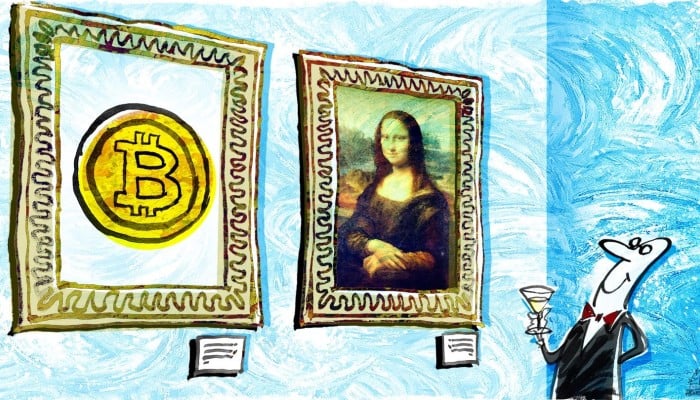
“I believe having a Picasso print—if you have one of the original prints, they’ve gone up dramatically. Andy Warhol’s paintings, they’ve gone up a hundredfold.”
At Hive Digital Technologies, Holmes and his team mine Bitcoin using green energy and store as many coins as possible, keeping them out of circulation. He noted that these untouched Bitcoins have been offered at premium prices, similar to how collectors seek out rare pieces of art.
“One of the things we’ve done at HIVE is that we only mine with green energy, and we store as many coins as possible. I think we have over 2,800 Bitcoin, but they’ve never been in circulation and they’ve come from Green Source when we’ve been offered premiums to buy those coins. And to me, it’s a piece of art.”
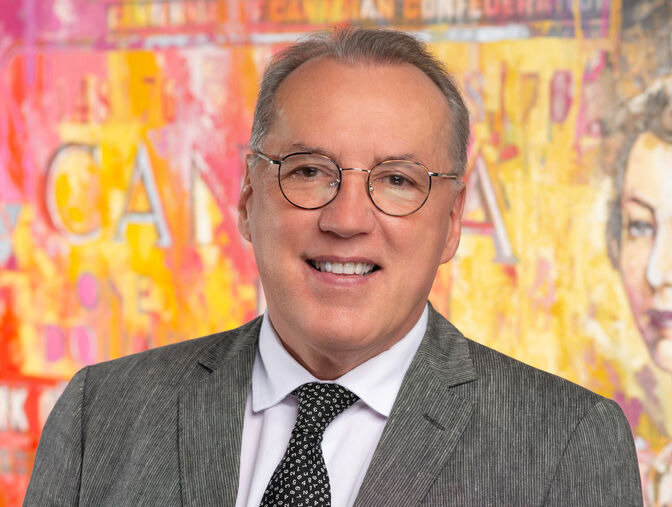
Bitcoin’s portability makes it even more valuable than traditional stores of wealth like gold or fine art. Unlike a Picasso painting or a bar of gold, Bitcoin can be easily transferred across borders, making it a highly flexible asset.
“It’s more portable than an Andy Warhol piece of art or a Picasso. It’s more portable than gold. And that’s what makes it to me really fascinating.”
🌎 Bitcoin’s Expanding Network: A Global Financial Powerhouse
Another compelling argument in favor of Bitcoin’s dominance is the rapid expansion of its network. Holmes pointed out that Bitcoin’s decentralized nature allows it to function like a massive financial system, surpassing traditional central banks in terms of scale.
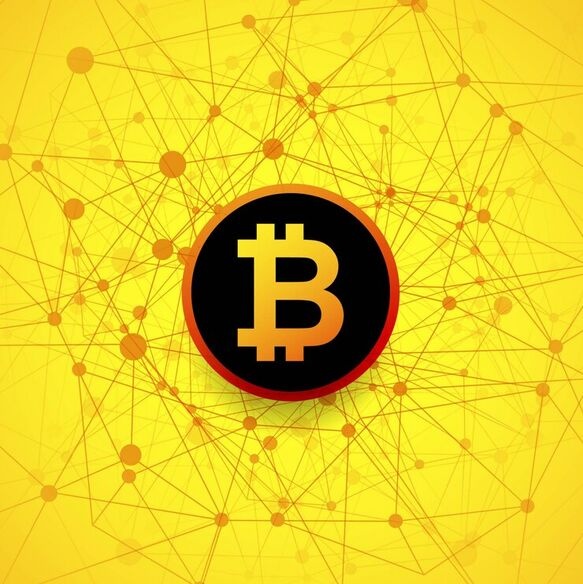
“We now have 20,000 nodes. There are 195 countries in the world, 195 central banks, but there are 20,000 central banks—I like to call them Bitcoin nodes.”
The growth of Bitcoin nodes demonstrates its increasing adoption and resilience. When Holmes first entered the crypto space in 2017, there were only 12,000 nodes. The fact that this number has nearly doubled in just a few years signals the growing trust and investment in Bitcoin’s network.
🔮 The Future of Bitcoin in the Global Economy
Bitcoin continues to spark debates among experts, traders, and investors. Whether it evolves into a widely used currency, remains a store of value like gold and fine art, or strengthens national economies, one thing is clear—it is here to stay.
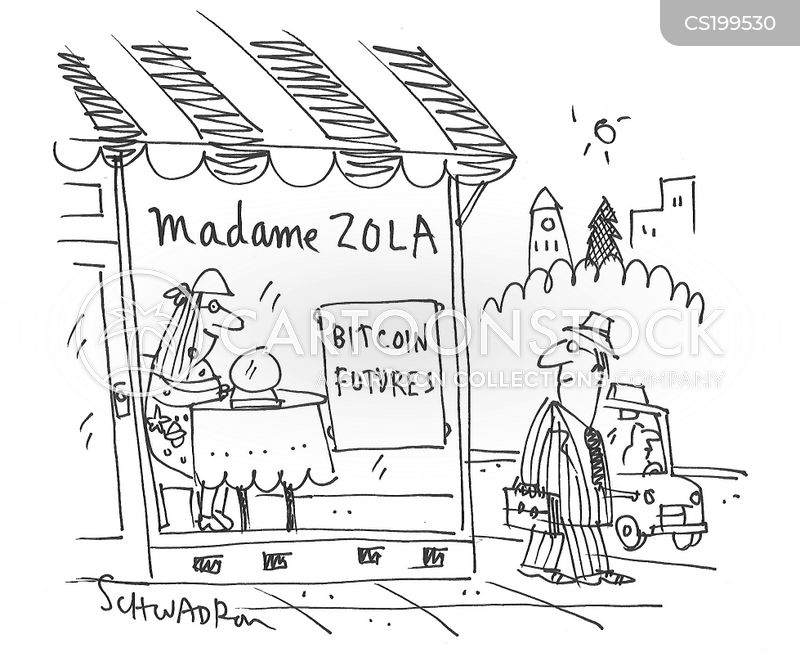
With its unmatched portability, scarcity, and growing network, Bitcoin is positioning itself as one of the most valuable assets in the world. Whether it surpasses gold or Picasso’s art in long-term value remains to be seen, but its impact on the financial landscape is undeniable.
What’s Next for Bitcoin?
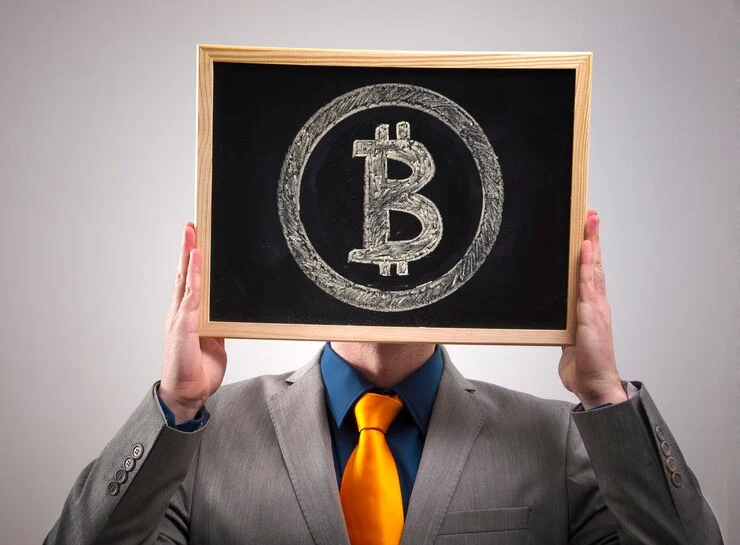
As Bitcoin adoption grows, its role in the financial world will continue to evolve. Will governments embrace it as a reserve asset? Will its price soar as more investors recognize its scarcity? Only time will tell, but one thing is certain—Bitcoin is shaping the future of money.
Want to know what Robert Kiyosaki, the famous author of Rich Dad Poor Dad, thinks about Bitcoin? 📈💰 His latest predictions might surprise you! Read more here: Kiyosaki Predicts Bitcoin Boom After Crash
Stay ahead in crypto and forex trading automation, just like Bitcoin, by visiting our blog for expert insights! 🚀
Disclaimer: This article is for informational purposes only and not financial advice. Always do your own research before investing.
source : finance.yahoo , scmp , u.today

